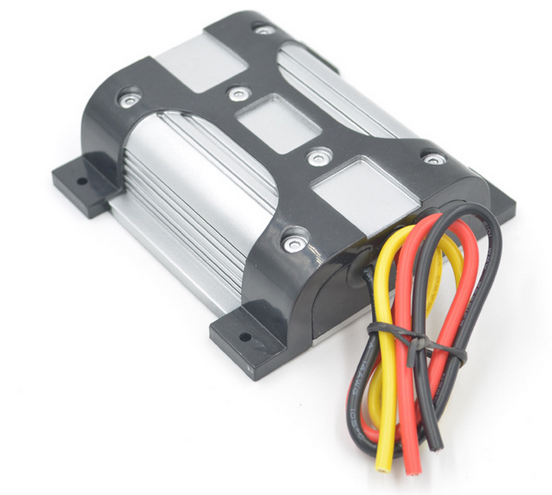OUTLINE:
Circuit Protection for Automotive Applications
 310
310As vehicles become more complex and reliant on electronic systems, the need for effective circuit protection in automotive applications has become increasingly important. In a vehicle, numerous electrical and electronic systems work together to ensure the safe and efficient operation of the vehicle. However, these systems are vulnerable to a variety of electrical faults and surges that can cause significant damage to the circuits and components.
Circuit protection refers to the measures taken to prevent or limit the damage caused by electrical faults. In the context of automotive applications, circuit protection is critical to ensuring the safety of the vehicle and its occupants. A failure in any of the electrical or electronic systems can lead to serious consequences, such as loss of control, engine failure, or even fire.
There are several types of electrical faults that can occur in an automotive circuit, including overvoltage, overcurrent, short circuits, and reverse polarity. Overvoltage occurs when the voltage in the circuit exceeds the rated voltage of the components, while overcurrent occurs when the current in the circuit exceeds the rated current. Short circuits occur when two or more conductors come into contact with each other, creating an unintended path for the current. Reverse polarity occurs when the positive and negative terminals are connected in reverse order.
To protect against these types of electrical faults, various circuit protection devices can be used. These devices include fuses, circuit breakers, surge protectors, and voltage regulators. Fuses are the most commonly used circuit protection device in automotive applications. They are designed to break the circuit when the current exceeds a certain limit, preventing damage to the components. Circuit breakers operate in a similar manner but can be reset after tripping. Surge protectors are used to protect against overvoltage and are typically used in sensitive electronic circuits. Voltage regulators are used to ensure a stable voltage in the circuit, preventing damage from overvoltage or undervoltage conditions.

In addition to these devices, there are also several design considerations that can help to improve circuit protection in automotive applications. These include the use of proper grounding, the separation of high and low voltage circuits, and the use of shielding and filtering to reduce electromagnetic interference. Proper grounding is critical to ensuring that the current flows through the intended path and can help to prevent electrical faults. Separating high and low voltage circuits can help to prevent noise and interference from affecting the sensitive electronic circuits. Shielding and filtering can help to reduce the effects of electromagnetic interference, which can cause damage to the circuits and components.

Circuit protection is critical to ensuring the safe and efficient operation of electronic systems in automotive applications. With the increasing reliance on electronic systems in modern vehicles, effective circuit protection has become more important than ever. By using appropriate circuit protection devices and design considerations, the risk of electrical faults and damage can be greatly reduced, ensuring the safety of the vehicle and its occupants.

Disclaimer: The views and opinions expressed by individual authors or forum participants on this website do not represent the views and opinions of Chipsmall, nor do they represent Chipsmall's official policy.

share this blog to:

